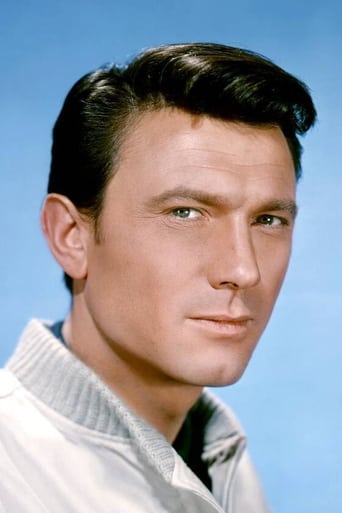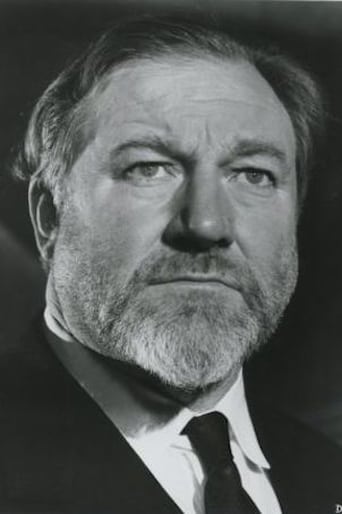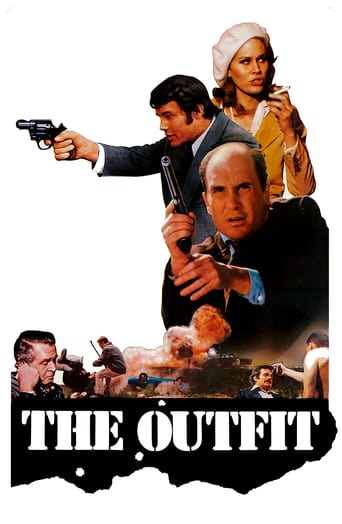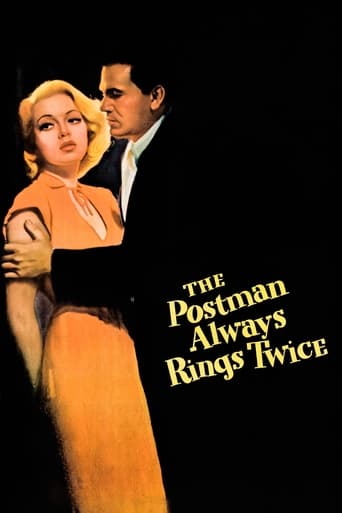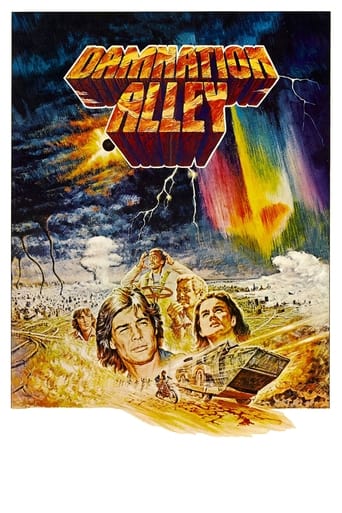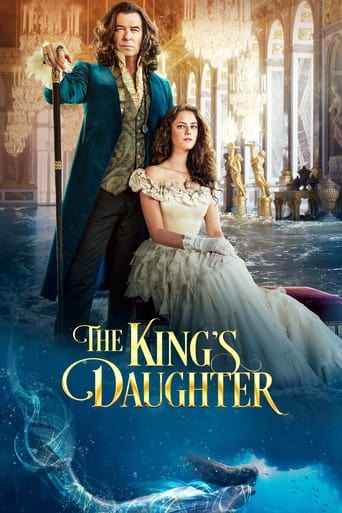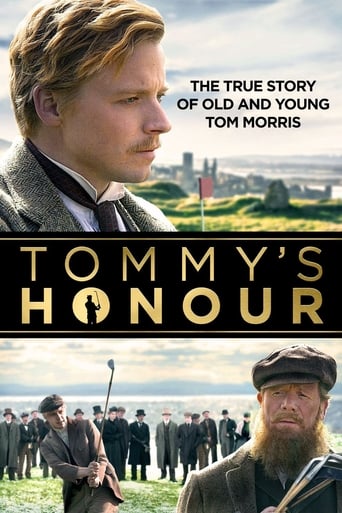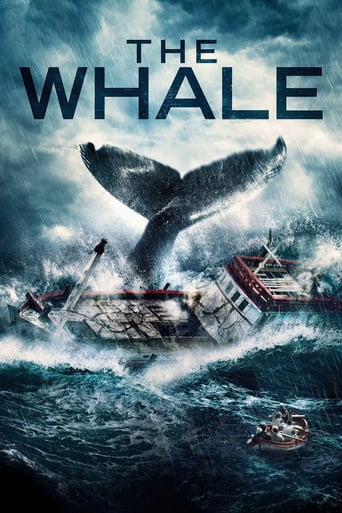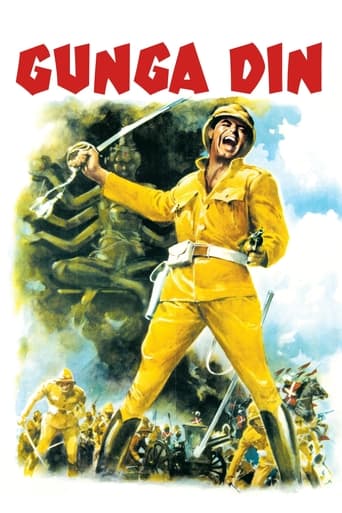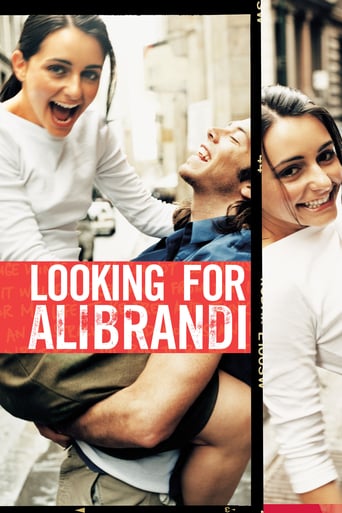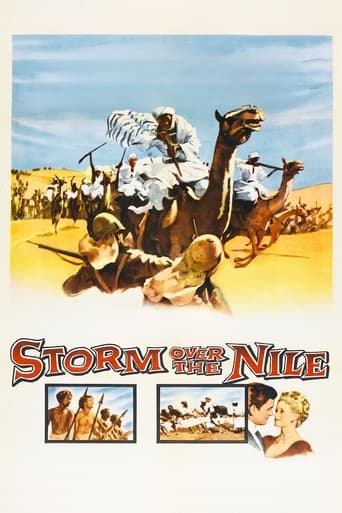
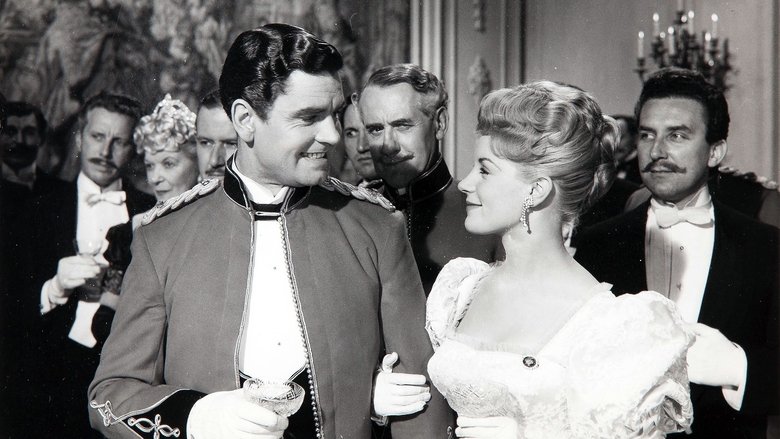
Storm Over the Nile (1956)
In 1885, while his regiment is sent to the Sudan to battle the rebellious Dervish tribes, British Lieutenant Harry Faversham resigns his officer's commission in order to remain with his fiancée Mary Burroughs in England. His friends and fellow officers John Durrance, Peter Burroughs and Tom Willoughby brand him a coward and present him with the white feathers of cowardice. His fiancée, Mary, adds a fourth feather and breaks off their engagement. However, former Lieutenant Faversham decides to regain his honor by fighting in the Sudan incognito.
Watch Trailer
Cast


Similar titles
Reviews
It's impossible to make a bad film out of this story, and that is one of the reasons it has been filmed so many times. Since each version is good in its own way, it's also interesting to compare them with each other. The 1939 version is still the most spectacular and impressing but also the most superficial. The Beau Bridges version as Harry Fasversham is the weakest one, but for Robert Powell as Jack Durrance, who is always the most interesting character, and all depends on how he is acted. In this version Durrance is played by Laurence Harvey, who is always unmatchable. He is therefore the main attraction here, and he certainly makes the whole film interesting, no matter what advantages to it you find in the other versions. Here you also find a deeper pathos than in the other versions, and the scenery from the Nile transcends all the others.The most interesting detail is the conscience issue. Harry Faversham turns a conscientious objector (20 years before the first world war) and gets labelled as a coward by his soldier friends. He feels they are right in their way and that he has to prove them wrong, whereupon he sets out on the most impossible thinkable enterprise, masking himself as a mute Arab slave to reach his friends in the Sudan to save their lives from certain death when necessary. But he can't save Durrance from his blindness.His only friend at home, Dr. Sutton (Geoffrey Keen) plays an important role here and makes a memorable character. All the finest and most sensitive scenes are with him and Laurence Harvey. This version also gives the finest music of the four, by Benjamin Frankel. Also Christopher Lee has a small part, and James Robertson Justice adds to the flamboyance.It's a remake of the 1939 version but better, but the best version is the so far latest one: the Shekhar Kapur version of 2002 with Heath Ledger, and Wes Bentley as Jack Durrance.
In addition to the re-use of old stock footage there was an error in the scenes after he returned his blind companion to the camp. They showed a troop flying a flag that was no longer used after 1867 and this event was set in 1898. The flag shown was a crescent with 1 star, this may have been either the Ottoman Egypt or the Egyptian Eyalet. The subsequent flag, Mohammed Ali, not the boxer, was 3 crescents each with 1 star and was used from 1881 until 1914, by the Khedivate, from 1914 until 1922 it was also used by the Sultanate of Egypt. After 1922 the green flag with 1 crescent and 1 star was used by the Kingdom of Egypt. There was no separate flag of Sudan until independence, from Egypt and Britain, in 1956.
Being something of a pacifist, Harry Faversham (Anthony Steele) has the misfortune to be born into a staunchly military family with all the expectations of an overbearing father (Michael Hordern) weighing down on his shoulders. Harry toes the line to please his dad, but when the old boy pops his clogs, he swiftly resigns his commission. As a consequence, he receives a white feather (the symbol of cowardice) from each of his best friends (Laurence Harvey, Ronald Lewis, and an out-of-place Ian Carmichael) on the eve of their departure to war in the Sudan. Harry awards himself a symbolic feather on behalf of his fiancée (Mary Ure) whose disappointment is clear. Harry determines to make his former friends take back their feathers, which is the signal for much derring-do to begin (hurrah!).The tale of the four feathers is the epitome of the schoolboy adventure yarn with heroic soldiers blinded in battle, heroic soldiers captured by the fuzzie-wuzzies (not nice, I can tell you!), heroic cowards braving forehead-branding and boot polish to go deep under cover in darkest Africa, and pompous old boors endlessly recounting their role in the battle of Balaclava back in the Crimean. It should really be boredom-proof, but the sad truth is that this version comes perilously close to inducing that state at times. The film is practically a word-for-word remake of the 1939 version – and even makes scandalously wholesale use of the earlier version's battle scenes – which means it probably came across as a bit staid back in 1955, but looks positively creaky today.Anthony Steel isn't a particularly convincing hero: at thirty-five he's playing a twenty-five year old who somehow looks forty-five, but the problem is more in the lack of sympathy Steel creates for his character. His Harry Faversham is the sort that sits in the corner and speaks when he's spoken too, and is therefore a little too bland to be a dashing hero, despite his acts of heroism. And exactly what sort of reaction did he expect to receive when he resigned his commission? Doesn't trotting off to the desert to regain his honour in the eyes of his friends and fiancée simply negate the strength of character required to resign in the first place? A young Laurence Harvey fares better as Faversham's upper-crust chum who suffers sun blindness when hiding from the fuzzies, and would arguably have been better suited to the leading man role. Ronald Lewis has practically nothing to do, while Ian Carmichael, on the cusp of his comedy career, comes off as a plummy-voiced twit.The film isn't awful by any standards, but it really could have benefited from fifteen minutes being pruned from its running time, and a little more fire in young Faversham's belly.
Sweeping new adaptation plenty of idealism ,heroism, friendship, redemption and overwhelming battles. It's a great classical British imperialism adventure , a genuine ripping yarn picking up several images and with some stirring action of the quite better 1939 version . This fifth rendition about known story by A.E.W. Mason concerns on a British young officer named Harry Faversham (Anthony Steel). Resigning from Army , he's rejected by his father-in-law (James Robertson Justice) and his engaged fiancée (Mary Ure), branded a coward and sent four white feathers by his friends( Ronald Lewis, Laurence Harvey, Ian Carmichael) . Determined to save his honor he heads to Sudan campaign against Derviches who previously (thirteen years before) had murdered General Gordon in Karthoum. There arrives the expedition of help commanded by General Wolsey and Kitchener for stifle the rebellious Sudan's tribes ruled by 'the Madhdi', the ¨expected one¨(events developed in ¨Khartoum¨film-1966- with Charlton Heston and Laurence Olivier, directed by Basil Dearden).The Madhi along with Arab tribes had besieged Khartoum(1884) and vanquished General Gordon . Faversham disguised himself as native will save his friends from certain death and he will retrieve the lost honors.This spectacular adventure detailing the epic feats of a brave hero, contains noisy action,idealism, romance, unlimited courage, breathtaking battles and impressive landscapes. It's a typically polished British and packs enthusiasm of imperialist arrogance with standard issue heroics. Anthony Steel as stubborn officer is fine , Laurence Harvey as his best friend is convincingly played and Mary Ure as his girlfriend is enjoyable. Special mention to James Roberson Justice as swagger general Burroughs . Solid performances all around and excellent plethora of secondaries as Christopher Lee, Ferdy Mayne, Michael Hordern, Geoffrey keen among them. Sensational battle scenes staged by thousands extras though partially taken from former film. Evocative cinematography with superb Technicolor camera-work reflecting the late 1800's and spectacular African landscapes by cameraman Edward Scaife and Osmond Borradaille for exterior photography in Sudan and interiors filmed in Shepperton studios. Rousing and impressive musical score by Benjamin Frankel. The motion picture is professionally directed by Zoltan Korda and Terence Young with imagination and fair-play . Other adaptations about this famous story are : the ancient and silent take on filmed in 1915, 1921, and 1929 directed by Ernest B. Schoedsack and Merian C. Cooper with Richard Arlen, Fay Wray and Clive Brook ; the classic rendition by Zoltan Korda(1939) with John Clemens, Ralph Richardson and Jane Duprez ; and for TV(1978)with Beau Bridges, Jane Seymour and modern rendition with Heath Ledger , Kate Hudson and Wes Bentley


